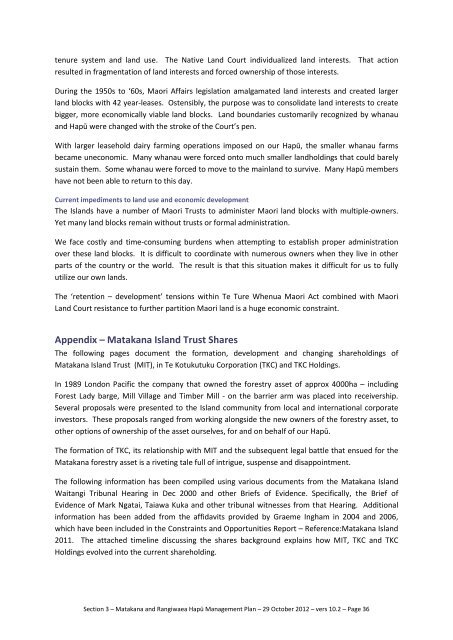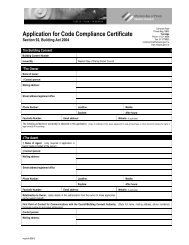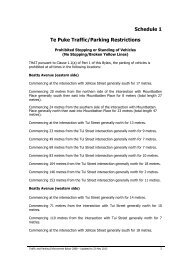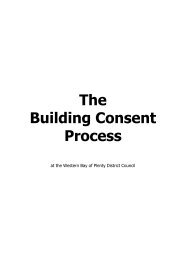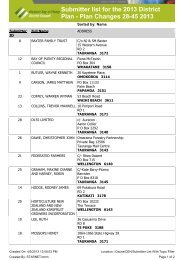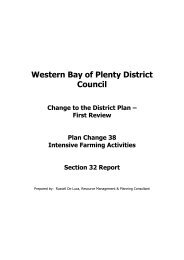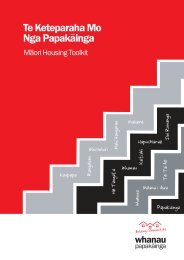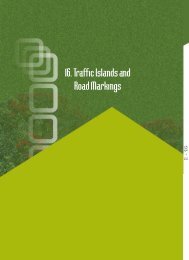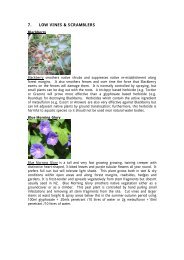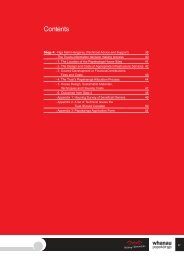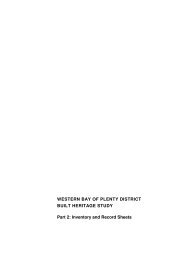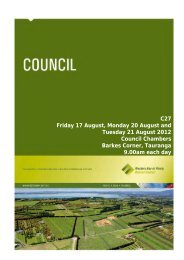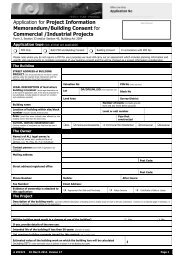Harakeke, Pingao, Kawakawa, Karamu These taonga plants have ...
Harakeke, Pingao, Kawakawa, Karamu These taonga plants have ...
Harakeke, Pingao, Kawakawa, Karamu These taonga plants have ...
You also want an ePaper? Increase the reach of your titles
YUMPU automatically turns print PDFs into web optimized ePapers that Google loves.
tenure system and land use. The Native Land Court individualized land interests. That action<br />
resulted in fragmentation of land interests and forced ownership of those interests.<br />
During the 1950s to ‘60s, Maori Affairs legislation amalgamated land interests and created larger<br />
land blocks with 42 year-leases. Ostensibly, the purpose was to consolidate land interests to create<br />
bigger, more economically viable land blocks. Land boundaries customarily recognized by whanau<br />
and Hapū were changed with the stroke of the Court’s pen.<br />
With larger leasehold dairy farming operations imposed on our Hapū, the smaller whanau farms<br />
became uneconomic. Many whanau were forced onto much smaller landholdings that could barely<br />
sustain them. Some whanau were forced to move to the mainland to survive. Many Hapū members<br />
<strong>have</strong> not been able to return to this day.<br />
Current impediments to land use and economic development<br />
The Islands <strong>have</strong> a number of Maori Trusts to administer Maori land blocks with multiple-owners.<br />
Yet many land blocks remain without trusts or formal administration.<br />
We face costly and time-consuming burdens when attempting to establish proper administration<br />
over these land blocks. It is difficult to coordinate with numerous owners when they live in other<br />
parts of the country or the world. The result is that this situation makes it difficult for us to fully<br />
utilize our own lands.<br />
The ‘retention – development’ tensions within Te Ture Whenua Maori Act combined with Maori<br />
Land Court resistance to further partition Maori land is a huge economic constraint.<br />
Appendix – Matakana Island Trust Shares<br />
The following pages document the formation, development and changing shareholdings of<br />
Matakana Island Trust (MIT), in Te Kotukutuku Corporation (TKC) and TKC Holdings.<br />
In 1989 London Pacific the company that owned the forestry asset of approx 4000ha – including<br />
Forest Lady barge, Mill Village and Timber Mill - on the barrier arm was placed into receivership.<br />
Several proposals were presented to the Island community from local and international corporate<br />
investors. <strong>These</strong> proposals ranged from working alongside the new owners of the forestry asset, to<br />
other options of ownership of the asset ourselves, for and on behalf of our Hapū.<br />
The formation of TKC, its relationship with MIT and the subsequent legal battle that ensued for the<br />
Matakana forestry asset is a riveting tale full of intrigue, suspense and disappointment.<br />
The following information has been compiled using various documents from the Matakana Island<br />
Waitangi Tribunal Hearing in Dec 2000 and other Briefs of Evidence. Specifically, the Brief of<br />
Evidence of Mark Ngatai, Taiawa Kuka and other tribunal witnesses from that Hearing. Additional<br />
information has been added from the affidavits provided by Graeme Ingham in 2004 and 2006,<br />
which <strong>have</strong> been included in the Constraints and Opportunities Report – Reference:Matakana Island<br />
2011. The attached timeline discussing the shares background explains how MIT, TKC and TKC<br />
Holdings evolved into the current shareholding.<br />
Section 3 – Matakana and Rangiwaea Hapū Management Plan – 29 October 2012 – vers 10.2 – Page 36


